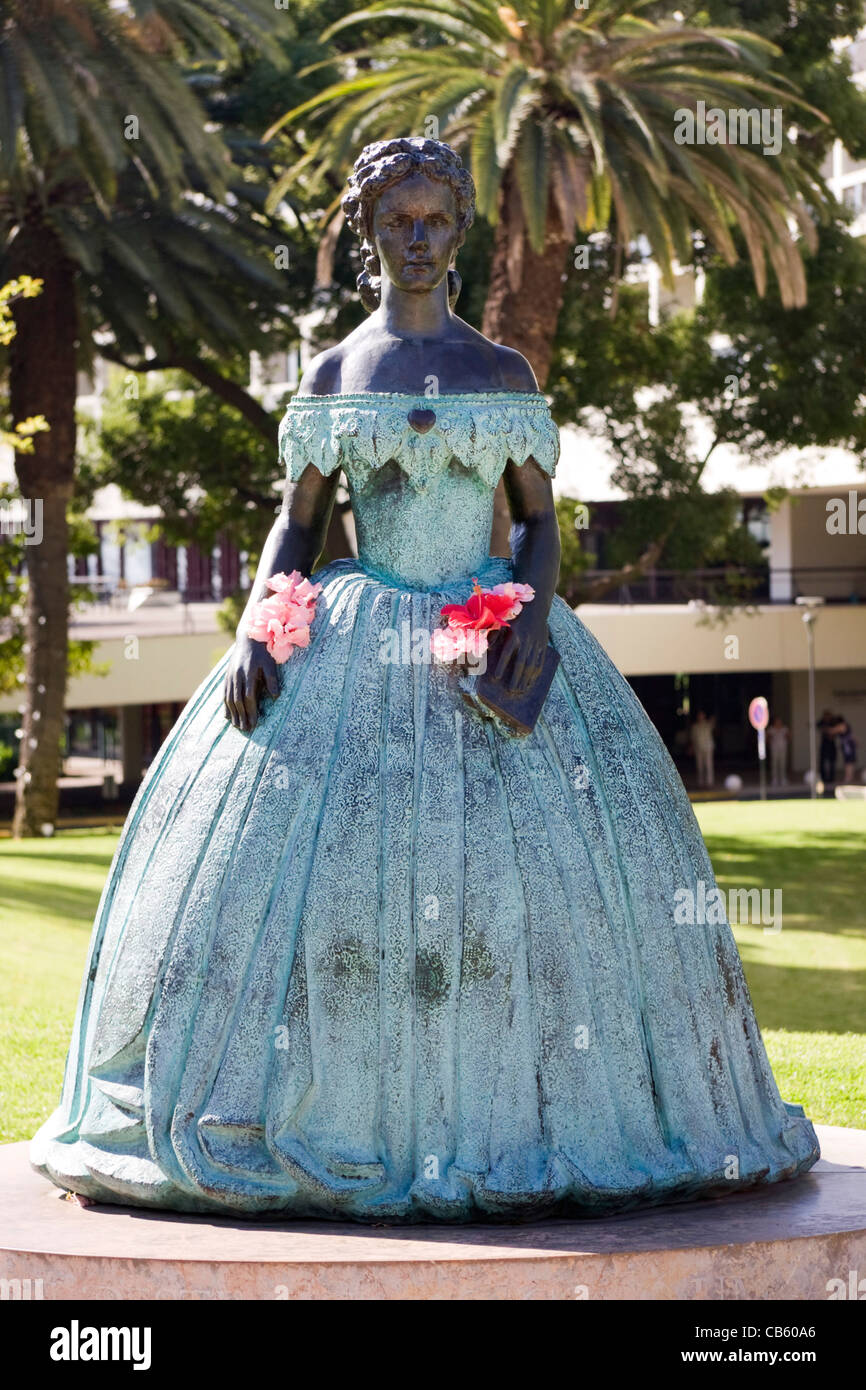Colour Up Casino
To exchange chips of low denomination for chips of a higher denomination. EXAMPLE: 'My local cardroom stopped allowing people to color up at the table. The colors of the chips used in the majority of casinos are the same. The denominations of the colors are: White or Blue chips are one dollar. Red chips are five dollars and are called nickels. This is a very popular no deposit bonus that offers you a huge sum of money as bonus – usually between $500 and $3000. You are required to use up the entire bonus money in a given time, usually 60 minutes. Any bonus money left over after the time period Casino Color Up has expired becomes unusable. On the Casino Floor color palette created by jaymack that consists #2b081b,#31092e,#4c1022,#7e4029,#af8439 colors.
Color Up –1. To change the value of your chips to a higher denomination.
2. A system for removing the smallest chip from play in a poker tournament, as the levels increase.
It is not uncommon for ring game players to want to change the value of the chips in front of them. If they change smaller denomination chips into larger ones it is called “coloring up.” Conversely, if they change large denomination chips into smaller ones, it is called “coloring down.” Both terms are also used interchangeably with the more generic “color change.”
Players may want to color up for any number of reasons. Most commonly, they color up when they have amassed a large number of chips and they wish to consolidate them. In order to complete this transaction, the chips to be colored up must first be racked up. This means that they are placed into plastic racks which hold 100 chips each. Once the chips are properly packaged in racks, the request to color up can be made. This request can be placed with the chip runner, or if no chip runner is available, with the dealer, floor, or cashier Generally, if no specific chip denomination is requested by the player, the chips will be colored up into $100 chips If an employee assists you with a color change, it is customary to tip a dollar or two, though it is not required.
After coloring up, it is important to remember that the large chips must be left in plain view so that all the players in the game can see them. They cannot be hidden in or behind your stack, or underneath a rack. This is especially important for no limit play. Every player has a right to know how deep the other players are, and it impacts decision making. If your large chips are not in plain view, you are asking for a problem. If you get involved in a large pot, and your opponents object, your chips may not be allowed to play if they are hidden. If the dealer notices that your large chips are not in plain view, he may ask you to put them in front of or on top of your stack, where they can be seen.
“Coloring up” is also a method for removing the smallest denomination chip from tournament play. Because of its imprecision, it is used far less commonly than the TDA (Tournament Director’s Association) sanctioned “race off” method. However, it is a simple, quick and easy way of eliminating the smallest chip from play, and it is typically used in small, low buy-in tournaments. Here is how the color up method works. As the levels in a poker tournament increase, the smallest chips in play are eliminated when they are no longer needed. This is often done just prior to going on break. The first step is for the dealer to color up as many of the smaller chips as possible. This means that the smaller denomination chips are all converted into the next chip size up, until the only small chips that remain are fractional values of the larger sized chip. Players whose chips converted evenly, and therefore have no fractional value, are done at this point and may go on break. Players with fractional value place their remaining small chips in front of them so they may be colored up by the dealer. The dealer then converts each player’s fractional value into a full sized chip. In the “color up” method, all fractional values are treated equally, regardless of how large or small they are. This process is repeated each time it becomes necessary to remove another chip from play.
Usage: Color Me Up, Color Up at the Break, Color Up to $100, Coloring Up $100
Previous Poker Term: Collusion


Next Poker Term: Come BetColor Up –
1. To change the value of your chips to a higher denomination.
Color Up Casino
2. A system for removing the smallest chip from play in a poker tournament, as the levels increase.

It is not uncommon for ring game players to want to change the value of the chips in front of them. If they change smaller denomination chips into larger ones it is called “coloring up.” Conversely, if they change large denomination chips into smaller ones, it is called “coloring down.” Both terms are also used interchangeably with the more generic “color change.”
Players may want to color up for any number of reasons. Most commonly, they color up when they have amassed a large number of chips and they wish to consolidate them. In order to complete this transaction, the chips to be colored up must first be racked up. This means that they are placed into plastic racks which hold 100 chips each. Once the chips are properly packaged in racks, the request to color up can be made. This request can be placed with the chip runner, or if no chip runner is available, with the dealer, floor, or cashier Generally, if no specific chip denomination is requested by the player, the chips will be colored up into $100 chips If an employee assists you with a color change, it is customary to tip a dollar or two, though it is not required.
Colour Up Casino No Deposit
After coloring up, it is important to remember that the large chips must be left in plain view so that all the players in the game can see them. They cannot be hidden in or behind your stack, or underneath a rack. This is especially important for no limit play. Every player has a right to know how deep the other players are, and it impacts decision making. If your large chips are not in plain view, you are asking for a problem. If you get involved in a large pot, and your opponents object, your chips may not be allowed to play if they are hidden. If the dealer notices that your large chips are not in plain view, he may ask you to put them in front of or on top of your stack, where they can be seen.“Coloring up” is also a method for removing the smallest denomination chip from tournament play. Because of its imprecision, it is used far less commonly than the TDA (Tournament Director’s Association) sanctioned “race off” method. However, it is a simple, quick and easy way of eliminating the smallest chip from play, and it is typically used in small, low buy-in tournaments. Here is how the color up method works. As the levels in a poker tournament increase, the smallest chips in play are eliminated when they are no longer needed. This is often done just prior to going on break. The first step is for the dealer to color up as many of the smaller chips as possible. This means that the smaller denomination chips are all converted into the next chip size up, until the only small chips that remain are fractional values of the larger sized chip. Players whose chips converted evenly, and therefore have no fractional value, are done at this point and may go on break. Players with fractional value place their remaining small chips in front of them so they may be colored up by the dealer. The dealer then converts each player’s fractional value into a full sized chip. In the “color up” method, all fractional values are treated equally, regardless of how large or small they are. This process is repeated each time it becomes necessary to remove another chip from play.
Usage: Color Me Up, Color Up at the Break, Color Up to $100, Coloring Up $100
Previous Poker Term: Collusion